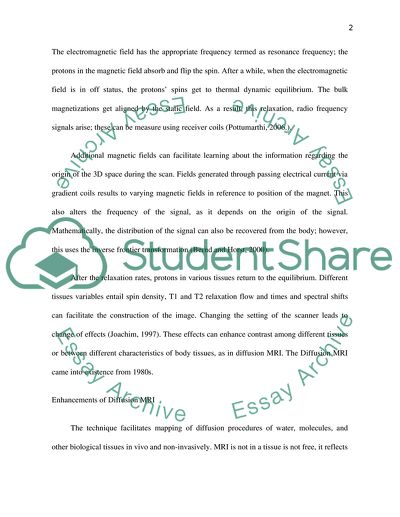Cite this document
(“Magnetic Resonance Imaging Technique Essay Example | Topics and Well Written Essays - 2000 words”, n.d.)
Magnetic Resonance Imaging Technique Essay Example | Topics and Well Written Essays - 2000 words. Retrieved from https://studentshare.org/physics/1593102-magnetic-resonance-imaging-technique
Magnetic Resonance Imaging Technique Essay Example | Topics and Well Written Essays - 2000 words. Retrieved from https://studentshare.org/physics/1593102-magnetic-resonance-imaging-technique
(Magnetic Resonance Imaging Technique Essay Example | Topics and Well Written Essays - 2000 Words)
Magnetic Resonance Imaging Technique Essay Example | Topics and Well Written Essays - 2000 Words. https://studentshare.org/physics/1593102-magnetic-resonance-imaging-technique.
Magnetic Resonance Imaging Technique Essay Example | Topics and Well Written Essays - 2000 Words. https://studentshare.org/physics/1593102-magnetic-resonance-imaging-technique.
“Magnetic Resonance Imaging Technique Essay Example | Topics and Well Written Essays - 2000 Words”, n.d. https://studentshare.org/physics/1593102-magnetic-resonance-imaging-technique.


